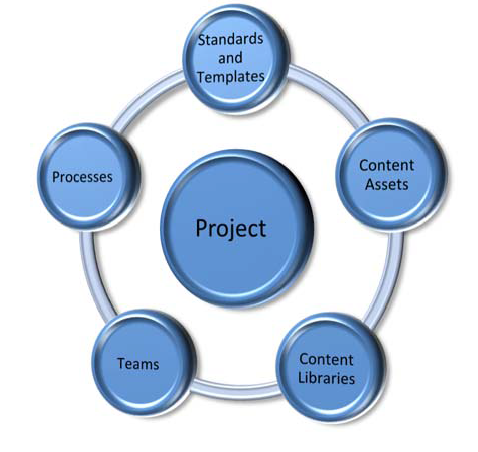

The power of that Shared parameter file and rules of editing it will enlighten you as to its use. They help with the setup part of the project by creating them once and streamlining their use in either a project template, starter project, or transferring them from project-to-project through the transfer project standard button in the Ribbon under the manager tab. Parameters be they Shared or Family parameters form the ligaments for these bones. These templates have embedded behavior and intelligent parameters. This is where view templates come into play. This file format indicates a family template, which is used to create custom families. Some of those examples would be for:Īs you can see, a lot goes into setting up a Revit project. There are many more view templates that need to be created for multiple scenarios that you need to account for. In this unit, we will open Revit and show you the home page and the two the working environments that Revit offers: project and family, also its templates. We will also want to make sure we create views dedicated to our sub-disciplines per discipline as well (Don’t forget about different views for individual system types, as needed):Ībove are examples of view templates that can be created for floor plans and ceiling plans based on your company or architectural standards for project delivery. The current versions of the templates have been created from 'Out of the Box' versions of Autodesk Revit 2019 & 2020. Templates will provide a team with a common starting point and will improve the overall USACE product and brand. In my previous blog What Plan Views Do I Need to Start My MEP Project In Revit, I explained what type of views go into project setup, so we will need to account for those views with view templates for each specific view type. Revit templates will increase graphic and non graphic consistency across teams, districts and divisions. To maximize view templates for your workflows, you’ll need to create designated view templates for each type of view, which will be used for the project. By applying the view template, we can apply it to multiple views and carry them over from project-to-project, eliminating the need to replicate work.


In a Revit project where we have multiple disciplines and have multiple systems, we want to organize view templates to help us sort and control our views. View templates, what are they good for? They are a template for controlling our views.


 0 kommentar(er)
0 kommentar(er)
